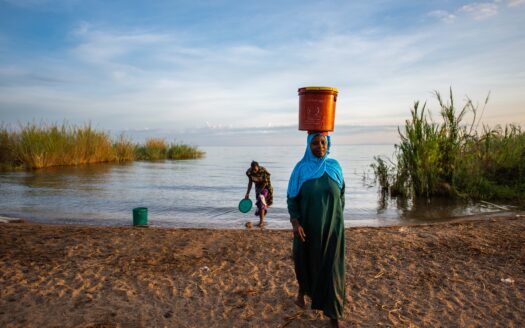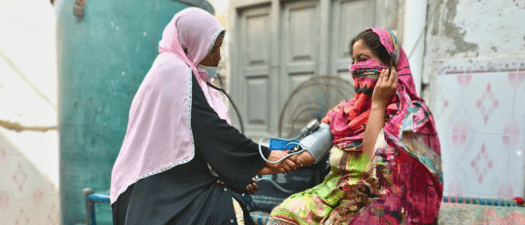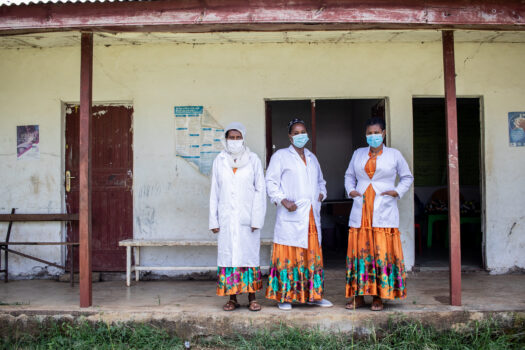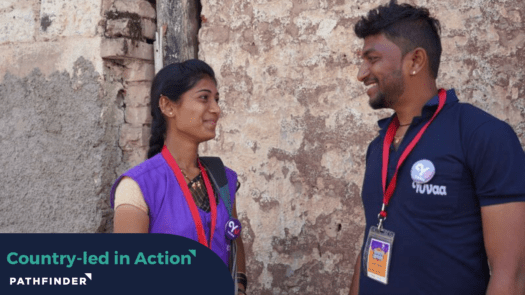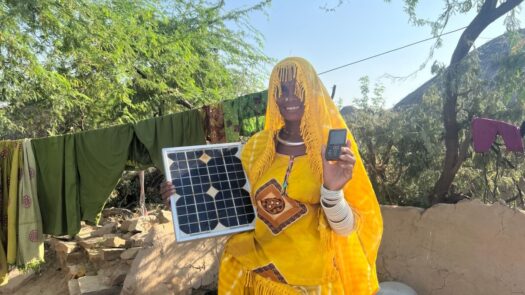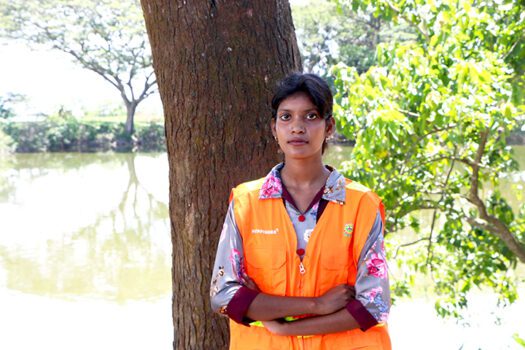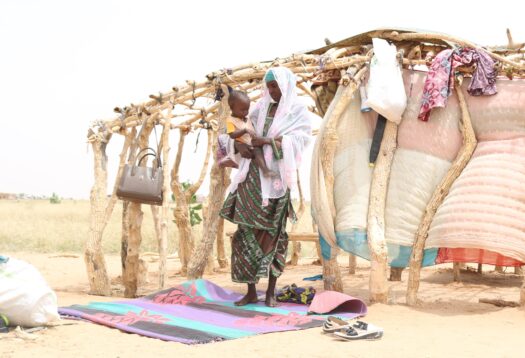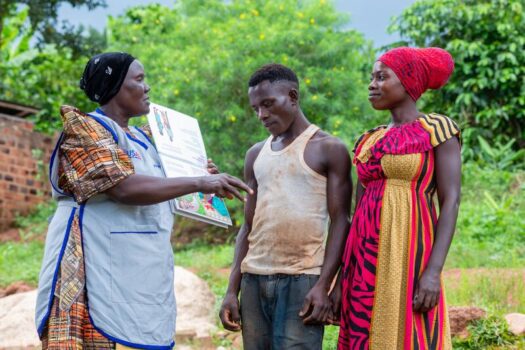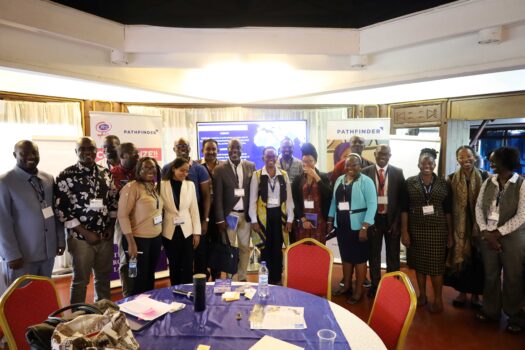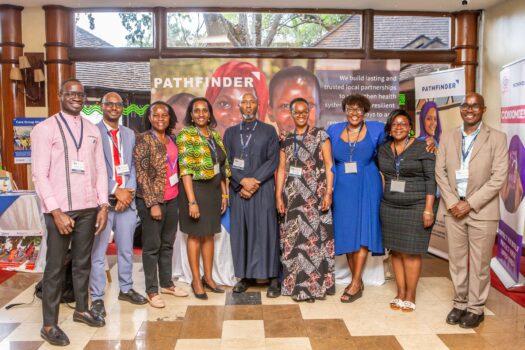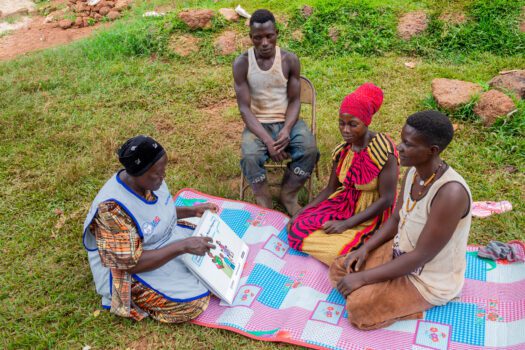In the baking world, we often see sprinkles as a garnish or afterthought. Have a bland muffin?! Add some sprinkles! And I know what you are thinking – what do baking sprinkles have to do with gender equity?
Metaphorically, a lot. In the world of sexual and reproductive health, there is another type of sprinkle – a “gender sprinkle” – and it’s not a good thing. “Gender sprinkling” is a practice where we “sprinkle” our programs, policies, or activities with a gender lens – but only as an afterthought, once the design stage has been completed. This nearly always fails because key considerations such as budget, indicators, and staffing have already been decided on. Gender, like all good things, must be “baked in”: considered and integrated at the outset of the design.
It is often assumed that organizations working in sexual and reproductive health and rights (SRHR) are inherently “gender equitable.” But this isn’t necessarily true – without intentionality, organizations cannot reach gender transformative goals. Gender awareness in our programs and within our workplaces often aren’t aligned.
While Pathfinder has long recognized the relationship between gender equality and sexual and reproductive health and rights (SRHR), we began a more focused undertaking in 2019. This process had the underlying goal of aligning our organizational gender equity policies with the gender transformative programmatic work we conduct around the world.
In 2019, Pathfinder conducted a comprehensive assessment to determine if our internal policies and practices matched our external ones – essentially, were we baking in the right elements? The goal was to elevate Pathfinder’s commitment, and actions, to build gender equity into all that we do – both internally, within Pathfinder’s systems, and externally, in our global programs.
One result of this process was for Pathfinder to officially endorse the Minimum Standards for Mainstreaming Gender Equality.
What are the gender standards?
The Minimum Standards for Mainstreaming Gender Equality are an evidence-based set of standards specific for international development and humanitarian organizations. The standards set out a roadmap – sometimes an aspirational one(!) – for programs and organizations to ensure their work is not just gender aware, but gender transformative. These minimum standards will now serve as a guide for Pathfinder’s programs and activities, as well as our internal operations and organizational culture moving forward.
The Minimum Standards for Mainstreaming Gender Equality are:
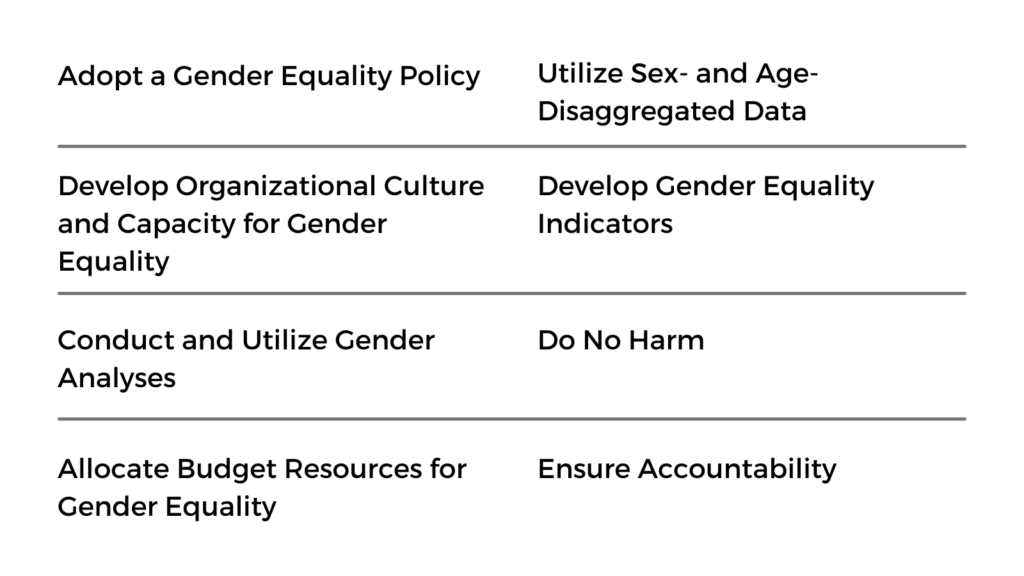
What is Pathfinder doing to implement the standards?
So how is Pathfinder endeavoring to represent the Minimum Standards for Gender Equality in our operations and programmatic work?
1. ADOPT A GENDER EQUALITY POLICY (STANDARD 1)
As this process was ongoing, priority gender-supportive organizational policies were rolled out, such as paid parental leave, expanded to include both gestational and non-gestational parents, and a travel policy specifically aimed at supporting nursing parents. Pathfinder also implemented a gender equity provision in our procurement process.
2. DEVELOPING ORGANIZATIONAL CULTURE AND CAPACITY FOR GENDER EQUALITY (STANDARD 2)
In 2019, we launched Pathfinder’s organizational Gender Equity Initiative (GEI) to critically examine how we advance gender equity—both through our programs and internal structures, systems, and policies. The GEI allowed us to comprehensively assess the state of gender equity across our offices in 17 countries. Through this initiative Pathfinder developed and adopted our organizational gender equity strategy – a institutional commitment to gender equality in our operations and programming. Pathfinder also adopted an inclusive organizational definition of gender to guide our work.
3. ANALYSIS, DATA & INDICATORS (STANDARDS 3, 5 & 6)
To hold ourselves accountable to our organizational gender equity goals, Pathfinder has integrated gender-equity indicators in our organizational tracking, with global metrics tracking gender parity in leadership positions, pay equity, and staff capacity building in gender. Across Pathfinder programs, we are working to fully integrate the minimum standards into our program design, implementation, data collection, and learnings. Pathfinder uses gender-transformative approaches in our programs, which includes compiling sex- and age-disaggregated data, as well as collecting project data on gender equality indicators.
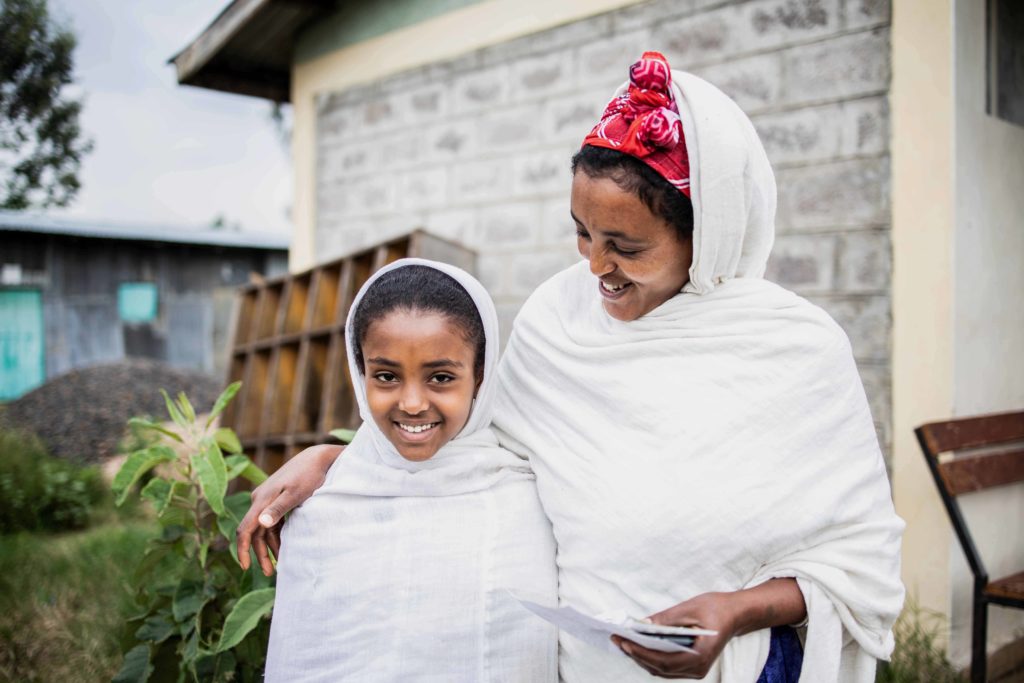
In Ethiopia, our Act with Her project implements a participatory, gender-synchronized, multi-pronged approach that helps adolescent girls successfully navigate the transition to adulthood by addressing pervasive and harmful gender inequalities, increasing girls’ agency, enabling their capabilities, and ensuring they can access essential services. You can learn more about what applying a gender lens to our data taught us here.
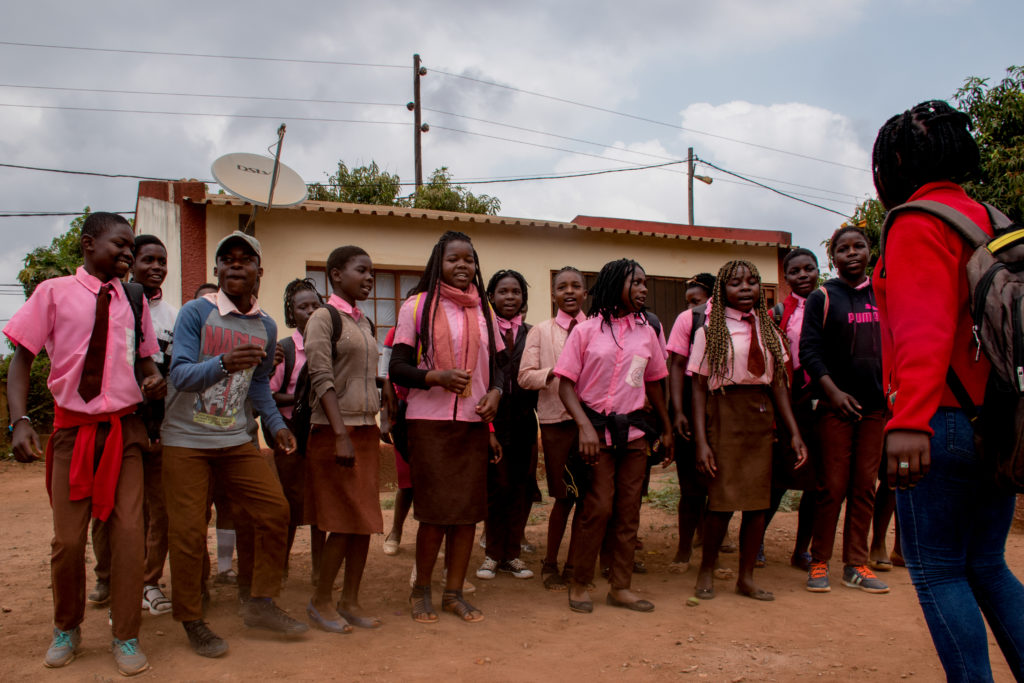
In Mozambique, Pathfinder’s Impacto project works to improve access to quality contraception and safe abortion services for adolescent girls and young women (AGYW) (ages 10-24) through a rights-based, gender-sensitive, and client-centered approach. This work includes promoting reflection on gender equality and sexual and reproductive rights and dialogues with local leaders and other influential community members to analyze harmful gender norms and practices—such as child, early and forced marriage and gender-based violence. Learn more about how our Impacto program works to integrate gender equality here.
4. DO NO HARM (STANDARD 7)
Through Pathfinder’s comprehensive global assessment, we gained immediate insight into challenges and needs for women and non-binary staff, from policies to practices, and we began to take immediate action. One of these key actions was adopting “do no harm” policies (including safeguarding and gender-based violence), in our program approaches.
5. ALLOCATING BUDGET & ENSURING ACCOUNTABILITY (STANDARDS 4 & 8)
A key organizational principle for Pathfinder is our ‘country-led’ approach – letting our global teams and leadership, including our global leadership council, inform major decisions undertaken by the organization. Part of this work was to conduct a global gender assessment inclusive of a global survey, focus-group interviews, and select in-depth individual interviews. Workshops to validate findings and develop Pathfinder’s priorities were held with our global teams, 70% of participants being global staff. The resulting commitments truly represent Pathfinders across the globe. This has led to a comprehensive organizational gender equity strategy where we monitor and report on progress bi-annually. We have also distributed our global budget differently, directing more resources locally.
Why Now?
The need for organizations to adopt an ‘inside out’ approach to gender equity has never been more urgent. COVID-19 has resulted in millions of women leaving the workforce across the globe. Gender-based violence rates skyrocketed around the world. And, millions of girls were pulled out of school due to lockdowns, leading to increased rates of forced marriage.
Mainstreaming gender equality might be a lofty ideal, but with the right standards in place, we can work towards achieving gender equity and transformation within our organizations and in our programs. The Minimum Standards for Gender Mainstreaming represent research, evidence, expertise, and most importantly, accountability – and endorsing them moves us closer to our ultimate goal of gender equity.
Finally, we encourage others in the global health and development sector to endorse and implement the Minimum Standards for Mainstreaming Gender Equality. We need to bake it in – don’t sprinkle it!
Interview shared on Minimum Standards for Mainstreaming Gender Equality
